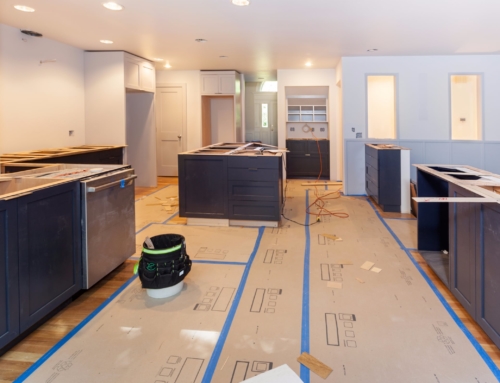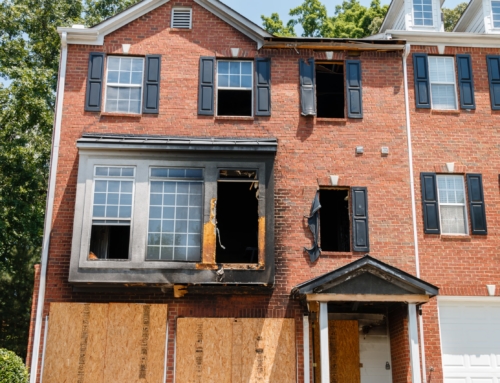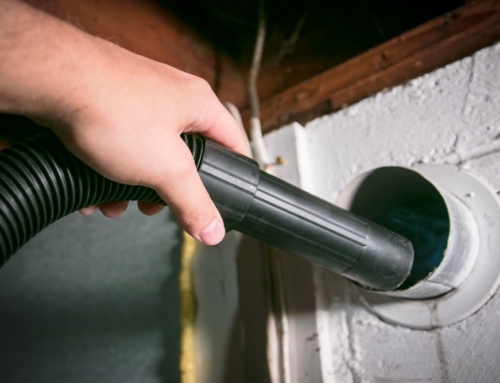A few weeks ago, I caught up with Alan Heavens in Washington, D.C. at a conference for real estate journalists in Washington, D.C.
As we shuttled by bus between the conference hotel and a cocktail party at the new National Association of Realtors building (which, by the way, has an amazing view of the Capitol Building from the top floor), we discussed his new book, “What No One Ever Tells You About Renovating Your Home” ($18.95/Dearborn, DearbornTrade.com).
It’s amazing how much trouble homeowners can get into when they decide to renovate their homes, he said. And we both nodded — we’re homeowners, too.
Heavens starts his book by declaring that he got the homeownership thing wrong from the start. “My wife and I picked the wrong house in the wrong neighborhood because we hadn’t done our homework. We didn’t have the financial resources to renovate a fixer-upper. There was so much wrong, in fact, that we were only able to repair, not improve,” he writes.
What other mistakes did he make? Heavens states that he and his wife didn’t have the expertise to do the jobs themselves, hired the wrong people, and then sold in a down market (yes, those happen on occasion), and found themselves in the hole. How do you get on the right foot? Turn around and buy another fixer-upper.
At least you know where Heavens started — and where he got tripped up along the way.
Like Heavens’ syndicated column, “Homestuff,” Renovating Your Home is filled with the same illuminating anecdotes about real people who get caught up on the details of home renovating. The book, divided into 50 useful pieces of advice, gives readers plenty of tips in order to avoid making some of the most common home improvement mistakes.
One of the best pieces of advice comes at the beginning of the book. Heavens asks the reader to think twice about whether a particular project needs to be done at all. Once you think over your list of home improvement projects, you might decide that either there are more important projects on the list or perhaps, if you’re renovating spaces that are already “done,” it might be time to move.
Heavens also suggests that when renovating, size isn’t everything. Bigger isn’t always better. And, smaller rooms are less costly to renovate. If you spend $200 per square foot and have plans for a grand 500-foot spa-at-home like bathroom, be prepared to write a huge check. But if you can manage to get along with something that’s just 100-square feet, you’ll spend just $20,000.
Heavens also gives solid advice about how best to find and use contractors. He relays an anecdote about a homeowner who wanted to rebuild his stairs. His architect’s contractor was tied up for 6 months, so he tried to find someone else. But when he handed over the plans, the contractor said, “I don’t do plans.” The solution? The homeowner waited 6 months and then used his architect’s regular team.
While the book is filled with useful tips on everything from negotiating to writing up a contract, you also get little nuggets like “Never spend money if it won’t boost your property values.”
I’ve found that homeowners make this classic mistake all the time. While homeowners always think they have good taste (especially if their decorating costs a lot of money), often no one else has the same taste and so they don’t profit when it comes times to sell the home.
“The availability of low-cost money has made us rather careless with the way we borrow and spend,” Heavens writes. “A lot of us get into trouble borrowing over our heads until we can only afford to make the minimum payments on our credit cards, if that.”
If you love where you live, and hope to stay there forever, and are about to do a major renovation, consider including “barrier free” planning, so that you can live there as you age. You can always repaint, but rebuilding doorways so that they’re wide enough for wheelchairs is a time-consuming, expensive process. Do it right the first time, he suggests.
Finally, what I liked best about the book is that Heavens always looks for the easy way out — someone that homeowners frequently forget to do. He points out that $40 worth of paint can transform a space and make it a destination point in your house.
While the book seems a bit disorganized in places, what home renovation project doesn’t take twists and turns before the last of the punch list items are completed?
But the journey is interesting, and Heavens is a tour guide worthy of your time — which is always in short supply when you’re renovating your home.






Leave A Comment